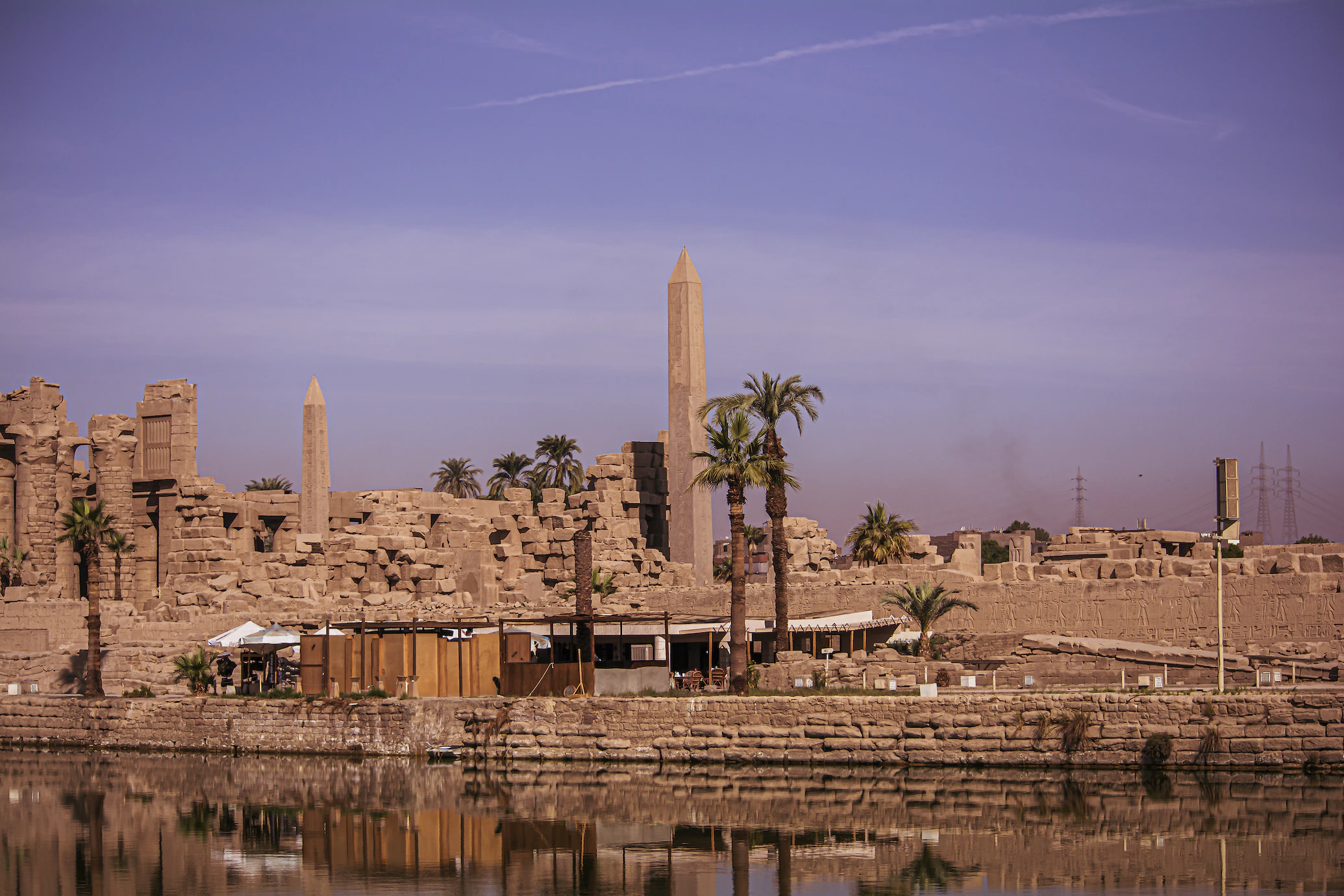Top 5 Places to Visit in Egypt (part 2)
Egypt conjures images of sweeping deserts, ancient megalithic pyramids built in honor of Pharaohs, and wandering nomads on camels. However, Egypt offers a plethora of options for a once-in-a-lifetime adventure.
The legendary Pharaohs established the nation at its inception, approximately 5500 BC. Egypt, because of the Nile’s vast water supply, drew the attention of several emperors and monarchs who saw its potential as a strategic base for expanding their empires. It is home to notable cities like Cairo and Alexandria, established by none other than Alexander the Great.
Egypt has been a popular tourist destination for thousands of years. People have been making trips to this spot for centuries, and it has now evolved into a tourist haven. Egypt is a popular tourist destination for various reasons, including its many ancient sites, which draw history buffs (and sometimes conspiracy theorists), and its many beautiful beaches, which attract those looking to relax in the sun.
The Five Best Tourist Attractions in Egypt
1. Luxor
Luxor, formerly a little Egyptian city, has become one of the world’s most visited because of its status as “the world’s biggest open-air museum.” The city of Luxor is packed with amazing attractions, from temples to tombs and beyond. It will take at least two days to give everything justice.
Luxor has several sights to see on both the East and West banks of the Nile. Karnak Temple, also known as Ipet-isu (‘Most Select of Places,’) is a must-see on the East Bank. This amazing temple city was constructed over more than two millennia. Although the Karnak complex has four distinct sections, only the central Temple of Amun is accessible to visitors.
The 134 columns that make up the temple’s pillared hall reach heights of up to 21 meters, making it the tallest religious edifice in the world (69 feet). Stroll.
Nighttime visits to the Luxor Temple lighted magnificently, are a sight to see. The West Bank, across the Nile, is where you’ll find the whitewashed Valley of the Kings, home to numerous ornate and colorfully-muraled tombs, pits, and burial chambers. Your admission to the tomb complex covers a few of the tombs, but if you want to see where King Tutankhamun’s body is laid to rest, you’ll need to shell out some more cash.
2. Cairo
Visitors to the Egyptian Museum in Tahrir Square may see mummies and ancient Egyptian antiquities, including Tutankhamun’s wealth, up close and personal.
The city’s oldest mosques are also cultural treasures. The Ibn Tulun Mosque, built by the Fatimids who made Cairo their capital in the 9th century, is the city’s oldest. Named for the man widely acknowledged as modern Egypt’s progenitor, the magnificent Citadel and Mosque of Mohammed Ali Pasha is known as the Alabaster Mosque for its shining white façade.
When you’ve seen enough of Cairo’s ancient monuments, it’s time to get a feel for modern Egypt. Experience the chaos of the city’s marketplaces like the Khan al-Khalili bazaar, relax with a shisha in an Ahwaz, or get away from it all on a felucca tour down the Nile to enjoy the cool breeze and beautiful scenery.
3. Abydos
A couple of hours north of Luxor, in the middle of Egypt, is the ancient city of Abydos, one of the nation’s most significant and spectacular archaeological sites. The early pharaohs were buried in this area, which is now home to a staggering number of temples, tombs, and tempting treasures—the crowning glory being the royal necropolis of Seti I.
Massive monuments and vast chapels, rooms, and courts lay throughout the vast, mainly unexcavated complex, making exploration an awe-inspiring experience. Abydos was established about 6,000 years ago and has served as a necropolis. It was formerly the primary worship center of Osiris, the deity of the afterlife.
4. The Blue Hole (Dahab)
Every day, recreational scuba divers flock to the area to discover its underwater treasures due to the enormous diversity of marine life and the ease of access from the coast. Several deep divers have perished while attempting to swim through the Blue Hole’s archway, a 26-meter-long tunnel that lies more than 55 meters below the surface.
5. White Desert National Park
Their bizarre patterns and hues, sculpted by the desert winds and sands of the Sahara over millennia, are hypnotizing to look at, and the greatest views may be enjoyed from atop the two towering Twin Peaks. It is also worth spending the night under the stars at the national park to see the amazing formations in all their glittering splendor since they are illuminated most beautifully at both sunset and dawn.
Egypt is one of the continent’s most visited nations in northeastern Africa, between the Mediterranean and the Red Seas. The Valley of the Kings, the Great Sphinx, and the pyramids at Giza are just a few of the world-famous landmarks that call Egypt home. Lastly, read more about travel around the world here.
